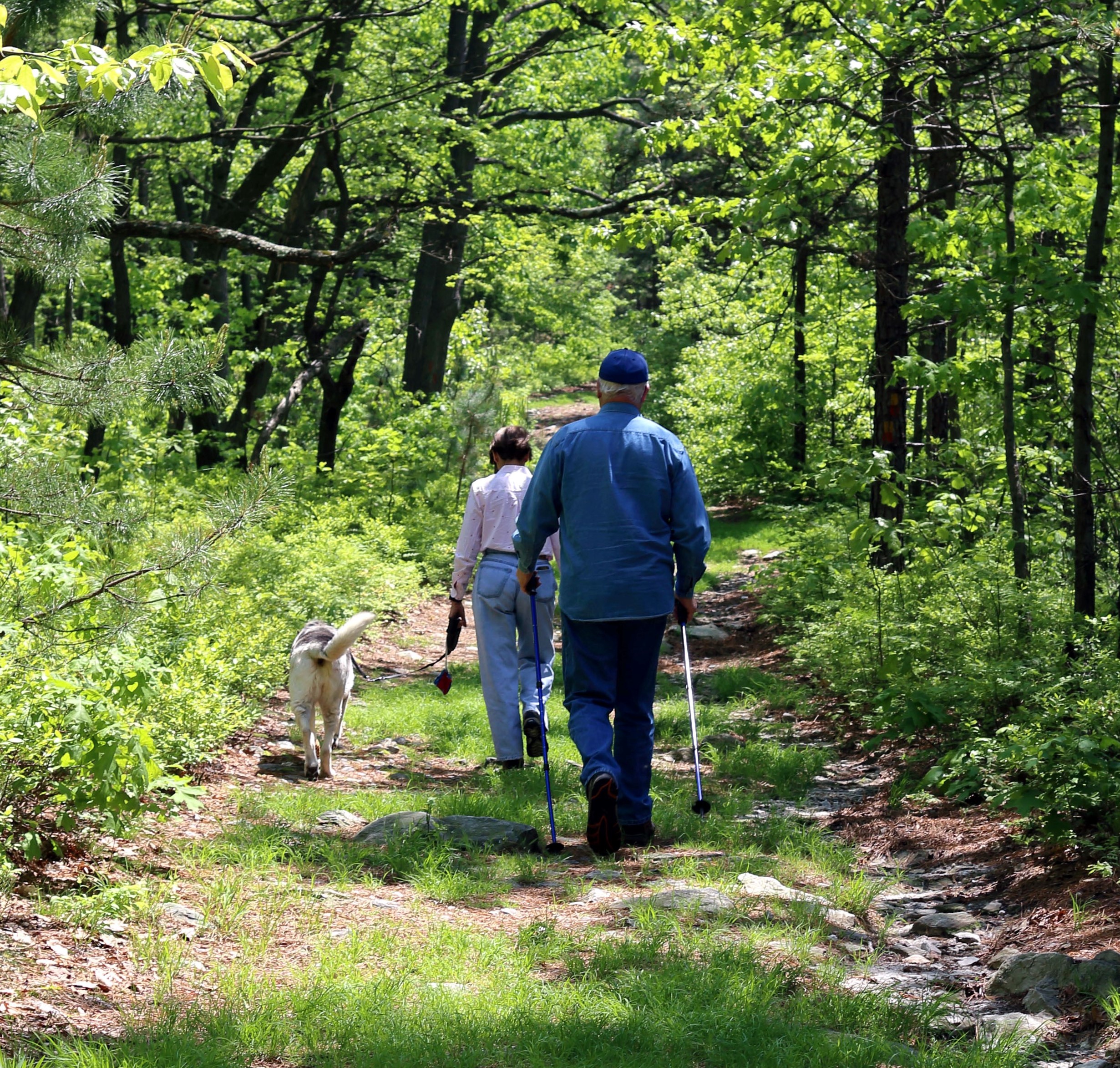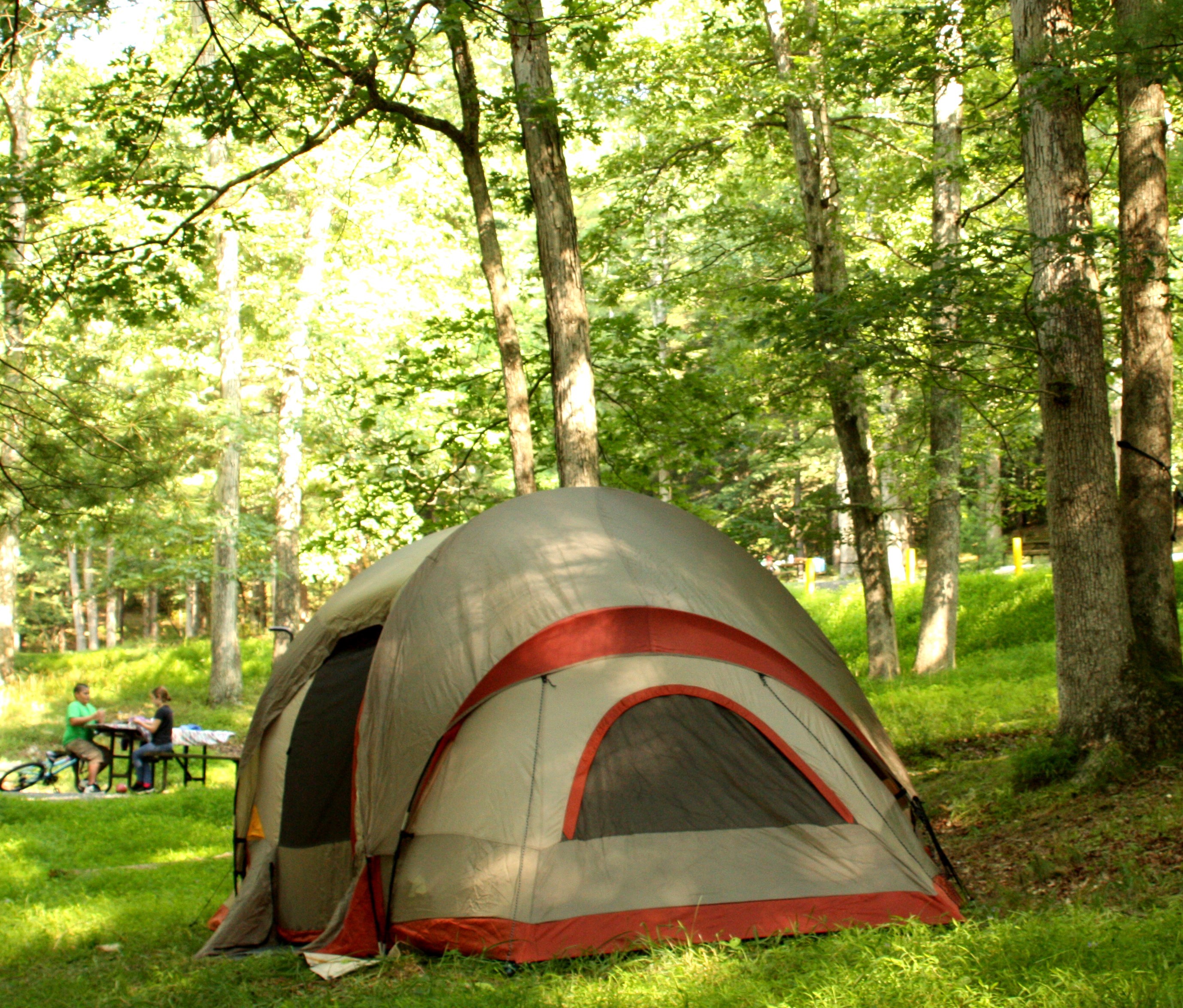Overview
Sproul State Forest was named in memory of William C. Sproul, Governor of Pennsylvania from 1919 to 1923. Governor Sproul was best known for expansion of the public education system in Pennsylvania.
The largest in the state forest system, Sproul covers 305,450 acres, or slightly more than 476 square miles. It features steep and rugged hillsides cut by the West Branch of the Susquehanna River and its tributaries.
Sproul State Forest is one of eight state forests located in the Pennsylvania Wilds region.
Explore Sproul State Forest
Stay Alert for ATVs on Roads
Sproul State Forest participates in the Northcentral Regional ATV Trail program, which includes some PennDOT and township roads in addition to legal opportunities on state forest trails and roads.
Motorists are advised to stay alert for ATVs, crossings, and signage.
Dust Advisory for Northcentral Regional ATV Trail
Roads can be very dusty during dry conditions. To help minimize this issue, please consider these actions:
- Ride in small groups to keep dust down.
- If you are part of a large group, please consider postponing your ride until a later date.
- Opt to ride only the state forest trail system.
The Northcentral Regional ATV Trail is a partnership between local municipalities, PennDOT, and DCNR to make long distance riding opportunities available.
It takes all of these partners to make these connections possible, so reducing impacts during these extreme conditions is very important to the long-term sustainability of the program.
Whiskey Springs and Bloody Skillet and ATV Trails
The Whiskey Springs and Bloody Skillet ATV trails have resumed normal winter/summer seasonal operations.
Please visit the Sproul State Forest ATV Riding webpage for more information.
Areas Closed to Firewood Cutting
The following roads and areas on Sproul State Forest were closed to firewood cutting from Sunday, May 14, 2023, through Thursday, August 31, 2023, due to summer bat habitat restrictions.
Firewood cutting restrictions during the 2024 season will likely be similar in timing and duration.
North Side:
- Carrier
- Oak Ridge
- Graham
- Kingston
- Rattlesnake
- East Ferney
- Left Hand Branch Sugar Camp
- Cattaraugus
- Crowley
- Onion Run
- Rock Run
- Cole Run
- Cooks Run
South Side:
- Bakers Run
- Revelton
- Peacock
- Sand Spring
- Temp Smith
- DeHaas
- Eddy Ridge
- State Line
- Panther
- Kato-Orviston
- Marsh Creek Trail
- Clubhouse
- Red Buck/Hall Road
- McCloskey Trail
Whiskey Springs-Bloody Skillet Connectivity Study
A study to determine the feasibility of connecting the Whiskey Springs and Bloody Skillet ATV trail systems is complete.
Learn more and find answers to Whiskey Springs-Bloody Skillet Connectivity Study Frequently Asked Questions (PDF).
Don’t Move Firewood
To help protect the forest from invasive insects that can kill trees and devastate the ecosystem, please do not transport firewood over long distances.
Firewood can harbor insects such as emerald ash borer. Cut or purchase your firewood where you intend to burn it.
The Department of Conservation and Natural Resources Bureau of Forestry manages our state forests for their long-term health and productivity while conserving native wild plants.
These forests are managed as “working forests” and provide a suite of uses and values to Pennsylvania citizens, while maintaining the forest’s wild character.
Our state forests are managed for:
- Pure water
- Recreation
- Scenic beauty
- Plant and animal habitat
- Sustainable timber and natural gas
- Many other uses and values
The management of our state forests is guided by the State Forest Resource Management Plan.
A district-level state forest resource management plan is written for each of the bureau’s 20 forest districts across the state.
Using public input and building on the statewide 2016 management plan, the Bureau of Forestry revised and completed a new Sproul State Forest Resource Management Plan (PDF) setting district-level management priorities.
The Sproul State Forest’s 2025 Management Activities (PDF) provides information about upcoming projects and events to implement the State Forest Resource Management Plan.
Local state forest harvest schedules promote and maintain desired forest landscape conditions while providing a sustainable flow of forest products.
The Bureau of Forestry has adopted “ecosystem management” as its principal strategy for managing state forests.
This approach seeks to conserve the natural patterns and processes of the forest while advancing long-term sustainability.
Ecosystem management promotes the conservation of plant and animal communities and the landscapes and habitats that support them.
It also accounts for needs and values of people and communities.
This results in a holistic, integrated approach to managing forest resources.
As you travel throughout the state forest, you’ll see examples of our forests “at work.” Some of these management practices are more noticeable than others, such as:
- Active timber harvests
- Deer exclosure fences
- Natural gas drilling sites
- Prescribed fires
- Spongy moth (formerly known as gypsy moth) spraying
Others are more subtle, such as the:
- Protection of a vernal pool
- Buffering of a stream from timber harvesting
- Setting aside of a special area to conserve its wild character or protect a rare plant community
Each of these management practices and activities play a vital role in the management and conservation of our state forest system.
Pennsylvania’s 2.2-million-acre state forest system is one of the largest dual certified forests in North America.
The forest is certified under Forest Stewardship Council™ and Sustainable Forestry Initiative© standards.
The Forest Stewardship Council™ is an independent organization supporting environmentally appropriate, socially beneficial, and economically viable management of the world’s forests.
Sustainable Forestry Initiative© certification focuses on protection of water quality, biodiversity, wildlife habitat, species at risk, and forests with exceptional conservation value.
Dual certification ensures that Pennsylvania’s state forests are managed to the highest third-party standards.














